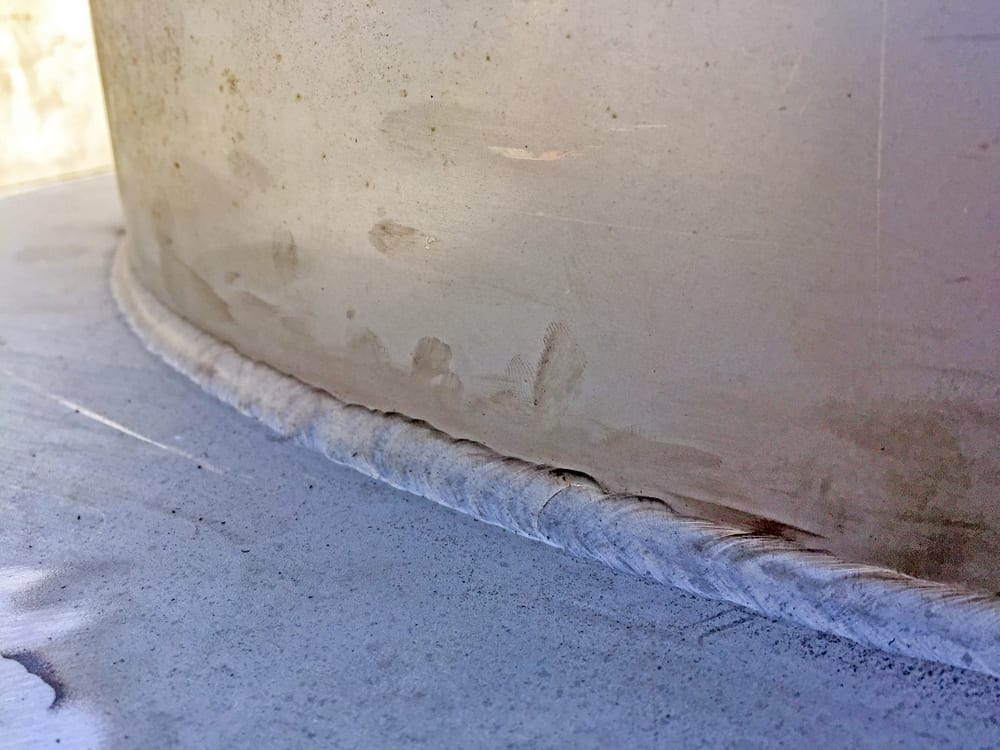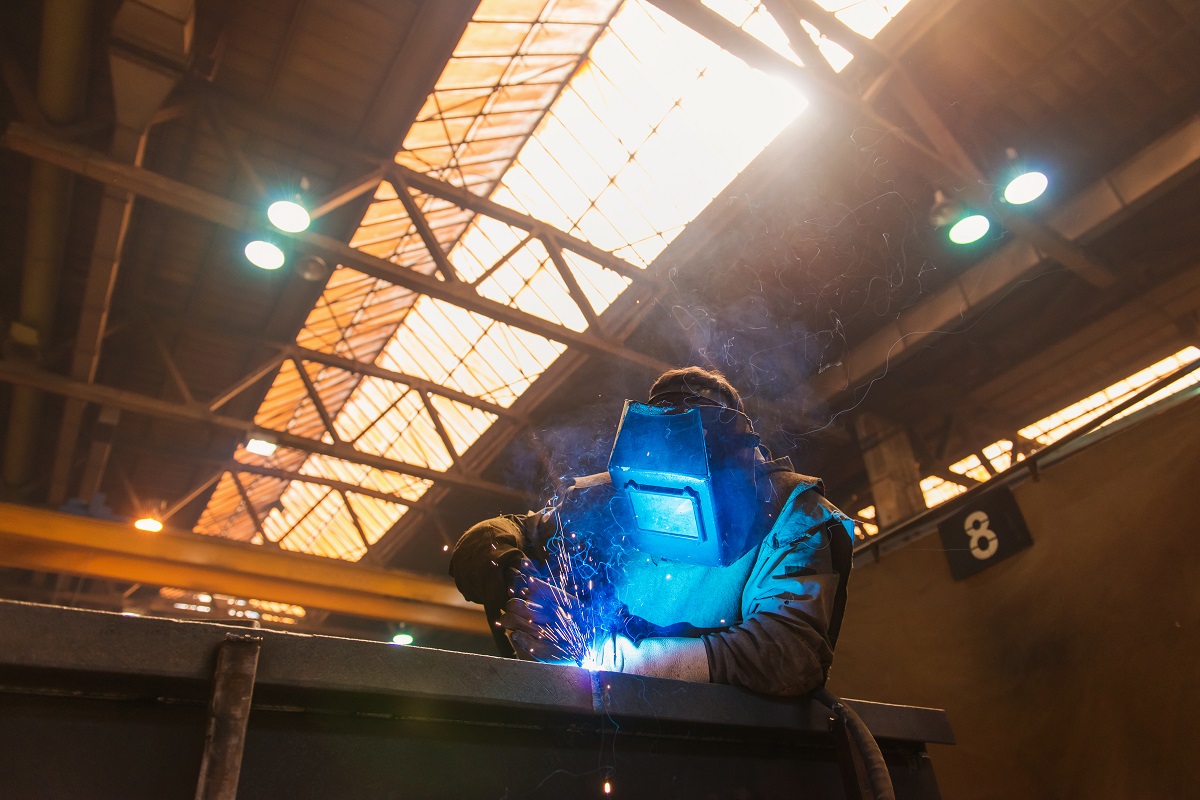Preventing Weld Undercut Made Easy: Secret Techniques Introduced
Mastering the Art of Welding: Just How to Avoid Undercut Welding Issues for Flawless Fabrication Outcomes
Performance and precision are critical worldwide of welding, where even the tiniest flaw can compromise the structural stability of a made item. One usual challenge that welders face is damaging, a defect that can lead and deteriorate a weld joint to costly rework. By recognizing the origin of undercut welding and carrying out efficient strategies to avoid it, welders can elevate their craft to new levels of quality (Preventing weld undercut). In the search of remarkable manufacture outcomes, mastering the art of welding to prevent undercut problems is not just a skill but a necessity for those pursuing excellence in their work.
Understanding Undercut Welding

To stop undercut welding, welders need to ensure proper welding criteria, such as changing the existing, voltage, travel rate, and preserving the correct electrode angle. In addition, using the suitable welding strategy for the certain joint configuration is vital. Utilizing weaving activities or backstepping methods can aid make sure appropriate weld metal deposition and reduce the likelihood of undercut formation. Routine examination of welds throughout and after the welding procedure is additionally critical to catch any undercut early and make required changes to protect against more flaws. Preventing weld undercut. By comprehending the root causes of undercut welding and applying safety nets, welders can attain top quality, structurally sound welds.
Root Causes Of Undercut in Welding
Comprehending the factors that add to damage in welding is essential for welders to create premium, structurally sound welds. When the weld steel does not properly fill the groove developed between the base metal and the previously deposited weld metal, damaging takes place. A number of aspects can bring about damage in welding. One common cause is extreme heat input. Welding at high temperature levels for prolonged durations can lead to the base steel thawing greater than desired, leading to damage. Inadequate welding present or incorrect welding speed can additionally add to damage. Inadequate current might not give enough warmth to melt the base and filler metals effectively, while extreme speed can avoid appropriate fusion, triggering undercut. Additionally, improper electrode angles or inaccurate torch control methods can develop article areas of reduced weld metal deposition, advertising undercut. Recognizing these reasons and applying appropriate welding strategies can help avoid damaging concerns, making sure sturdy and strong welds.
Techniques to Prevent Undercutting

To reduce the risk of undercutting in welding, welders can employ strategic welding strategies aimed at boosting the quality and honesty of the weld joints. In addition, making use of the proper welding method for the certain joint configuration, such as weave or stringer grains, can add to decreasing damaging.
Utilizing back-step welding strategies and controlling the weld grain account can also aid disperse warmth uniformly and decrease the threat of undercut. Routine inspection of the weld joint during and after welding, as well as applying top quality guarantee measures, can help in identifying and attending to undercutting concerns without delay.
Relevance of Appropriate Welding Criteria
Choosing and keeping suitable welding specifications is necessary for accomplishing effective welds with marginal issues. Welding specifications refer to variables such as voltage, present, travel speed, electrode angle, and protecting gas circulation price that directly impact the welding procedure. These specifications must be thoroughly changed based upon the kind of product being welded, its density, and the welding technique look at here now employed.
Proper welding parameters guarantee the appropriate amount of warmth is related to melt the base metals and filler material consistently. If the parameters are established also high, it can bring about excessive warm input, triggering distortion, spatter, or burn-through. On the other hand, if the parameters are also low, incomplete fusion, absence of penetration, or undercutting might happen.
Quality Control in Welding Workflow

Conclusion
Finally, grasping the art of welding needs a thorough understanding of undercut welding, its reasons, and methods to stop it. By making sure proper welding criteria and executing quality control techniques, flawless manufacture results can be attained. It is vital for welders to regularly pursue excellence in their welding operations to prevent undercut concerns and generate high-quality welds.
Undercut welding, a common issue in welding procedures, occurs when the weld metal doesn't correctly fill the groove and leaves a groove or anxiety along the welded joint.To avoid undercut welding, welders must make sure proper welding parameters, such as readjusting the present, voltage, traveling speed, and maintaining the proper electrode angle. Inadequate welding existing or inaccurate welding speed can likewise contribute to undercut.To reduce the risk of undercutting in welding, welders can use critical welding methods intended at improving the quality and stability of the weld joints.In conclusion, mastering the art of welding find more info calls for a comprehensive understanding of undercut welding, its reasons, and techniques to avoid it.